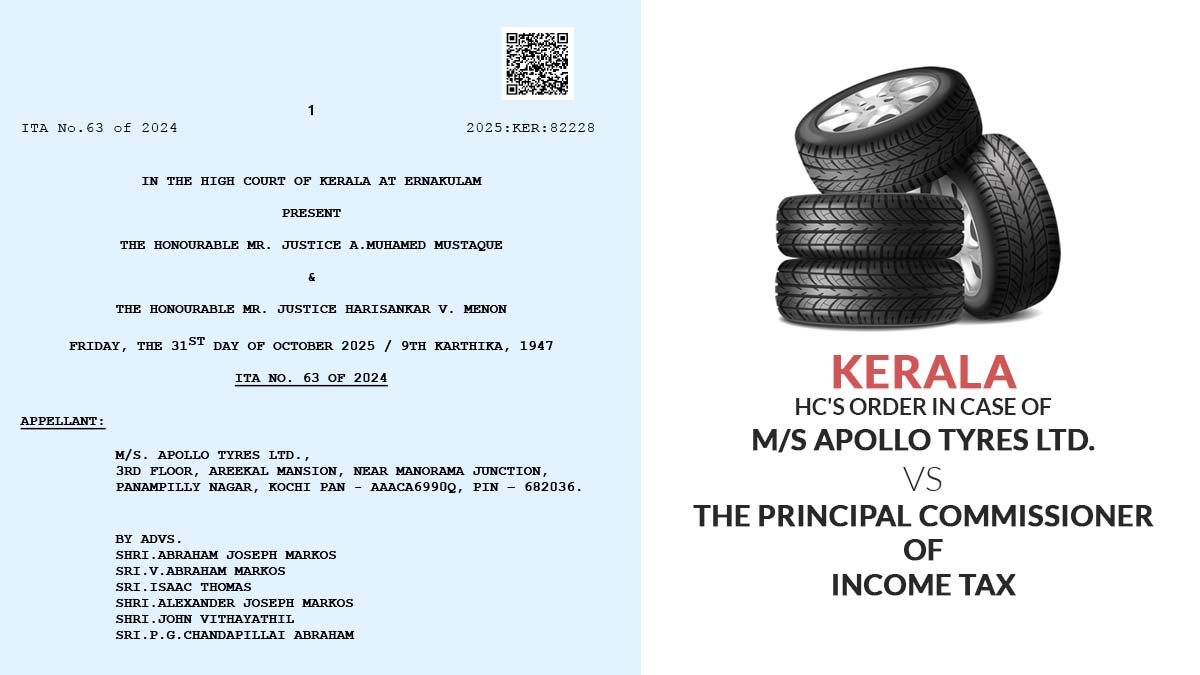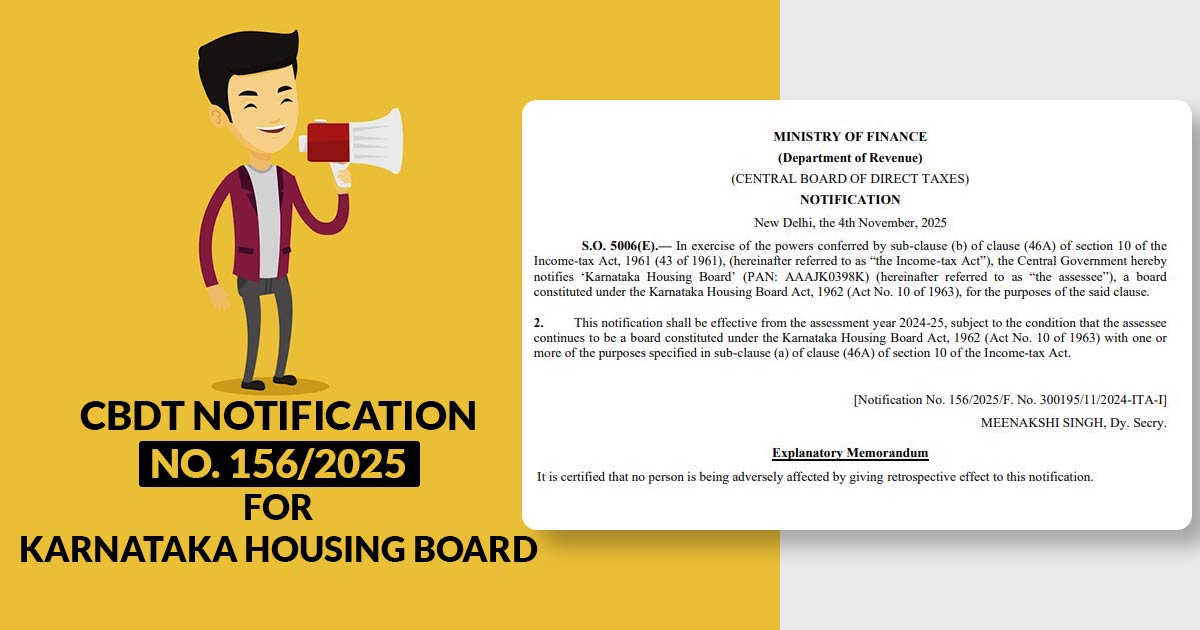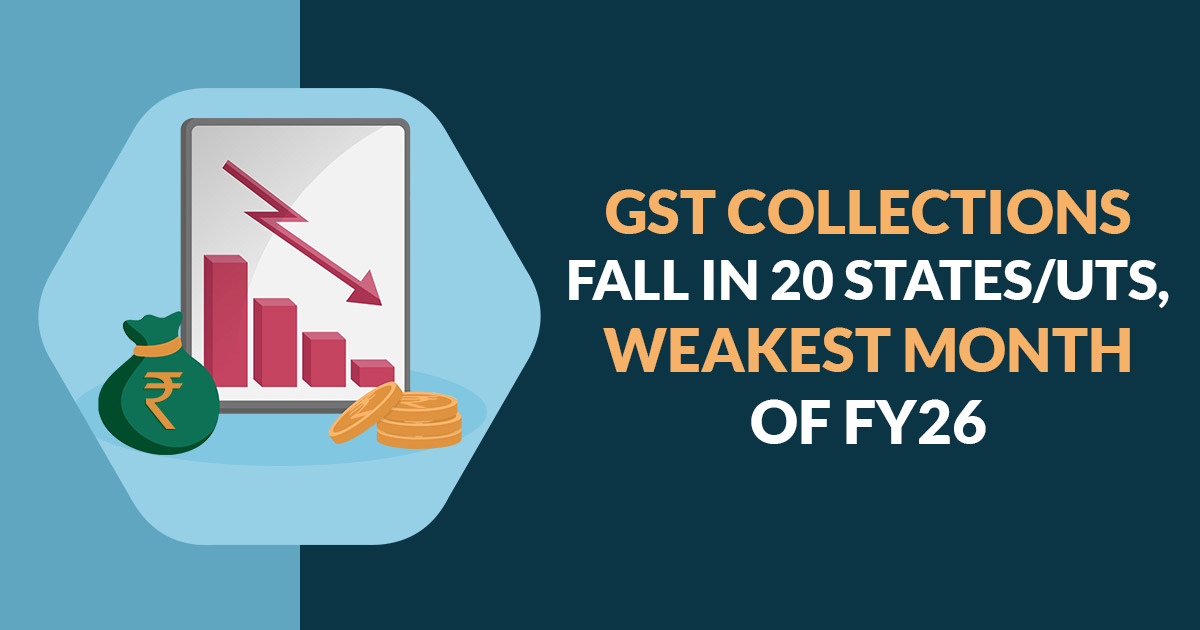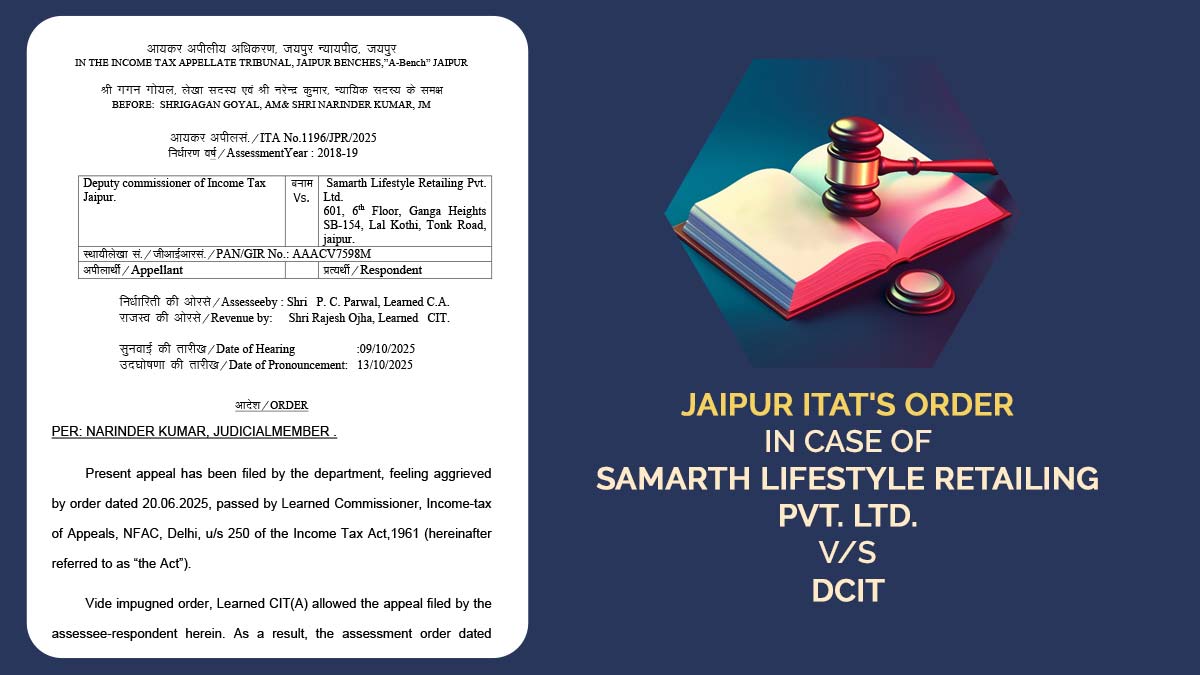From 7.1% in 2016 to 6.6% in 2017, the fall in GDP rate had raised a lot of eyebrows and serious questions were asked about the effectiveness of implementing GST post Demonetization. However, what we tend to forget amidst falling numbers are the state of the Indian Banking structure and Corporate Lending loopholes. In Finance circle, experts call it the twin balance sheet problem. A UN report part of the Economic and Social Survey of Asia and the Pacific carried by the United Nations Economic and Social Commission for Asia and the Pacific (ESCAP) identifies The Twin Balance Sheet problem as the major reason for India’s GDP slow down.
The UN report very clearly says, “The recently introduced GST as well as protracted issues of corporate and bank balance sheet problems pushed the growth rate of India downward”. But most importantly, the report predicts better days ahead for the Indian GDP. The report claims that India’s GDP will grow at 7.2% in 2018 and 7.4% in the subsequent year.
How India Plans to Resolve The Twin Balance Sheet Problem?
In one of our earlier reports titled Post-GST-Demonetization India Needs To Create Better Fiscal Space: Suggest IMF Report, we had discussed how fiscal deficit was proving to be a straight jacket for Government Spending. However, the pre-conditions for GST meant that the Central government had to bear the losses incurred by the states. This is not a technical or policy follow. But a mandatory yet temporary loss which was willingly taken for the greater perks that GST implementation promised for the Nation. However, the Twin balance Sheet problem was not created in a day. There were a number of reasons including both administrative and political that contributed to the growth of this Financial Tumor that the Nation now suffers from. Some of them as highlighted in the UN report are listed below:
1. NPA’s or the Non Performing Assets or the Bad Loans
The share of NPA’s has doubled and the defaults on corporate bonds and syndicated loans have increased by the day. Countries with even worse state of NPA’s (higher NPA ratios) than India include Italy, Greece, Spain, Ireland, and Portugal. What sets India apart from these economies is the GDP growth rate India has successful sustained.
Hence, the alarm bells can be kept aside for the moment. But we must keep our ears open though. As per reports, India ranks 5th among the 39 countries most plagued by bad loans. Gross NPAs increased to 10.2% in September 2017. China’s NPA ratio is 1.75. Greece, the flagbearer of modern-day financial crisis, has an NPA ratio of 36.37%. Italy, the next in line to Greece, has an NPA ratio of 16.35%. Banks now looking at a pile of staggering 9.5 trillion rupees ($148 billion) of NPA’s.
The Solution: India’s new bankruptcy code coupled with the recapitalization package for public sector banks are meant to foster a steady but sure recovery of the private sector investment.
The government must back infrastructure spending. Infrastructure spending will not only create new job opportunities but facilitate consumption. The corporate sector is now finally and Bank Balance Sheets can only improve on the back of Government support.
With the initial jolts of Demonetization finally subsiding, consumption is steadily increasing which acts as a fuel for private sector spending. As GST completes its one year in a few months, private investment will regain momentum post-GST upgradations. The GST still remains a very complex form of indirect tax with petrol and diesel still subjected to the provisions of the erstwhile VAT law. Hence, the road to recovery post-GST and Demonetization will not be without a few bold and necessary decisions.
The report however clearly states that “If India does not effectively address twin balance sheet challenge, India will continue to face weak private investment and modest economic growth”.
2. Inflation and Unemployment
In the words of Mr Shamshad Akhtar, United Nations Under-Secretary-General and ESCAP Executive Secretary, “With regard to the medium-term outlook, potential economic growth is on a downward trend in several countries owing to population ageing, slower capital accumulation, and modest productivity growth,”
In India, the 7th Pay Commission’s recommendations for house rent allowances for civil servants and military staffs also contributed to inflation. The report also identifies rising crude oil prices, severe floods as a major reason for inflation in most of Asia and the Pacific.
Akhtar also added, “Rapid technological advancements, while promising immense opportunities are also posing considerable challenges in terms of job polarization as well as income and wealth inequalities”.
Read Also: DGGST Asks Banks to Pay GST on Free Banking Services
3. Growth Projections
While the report projects a GDP rate of above 7% for the Indian Economy, it also predicts an overall growth rate of 5.8% for developing Asia-Pacific economies in 2017. This will be an increase of 0.4% from the previous year. The projected GDP rate for 2018 and 2019 is 5.5% each. Overall, the report promises a steady growth for the Asia and the Pacific region.
A bright spot for India is that recent Tax reforms coupled with the rise in proceeds from GST could contribute 3-4% to GDP growth. The Government surely deserves all the laurels for this. However, the report also points out that lowering policy interest rates were not enough to revive investments. The sudden slow down GDP and investments can primarily attribute to Weak Corporate and Bank balance sheets in India. Hence, for the time being, India needs little to worry about its GDP and concentrate on the Twin Balance Sheet issue.










